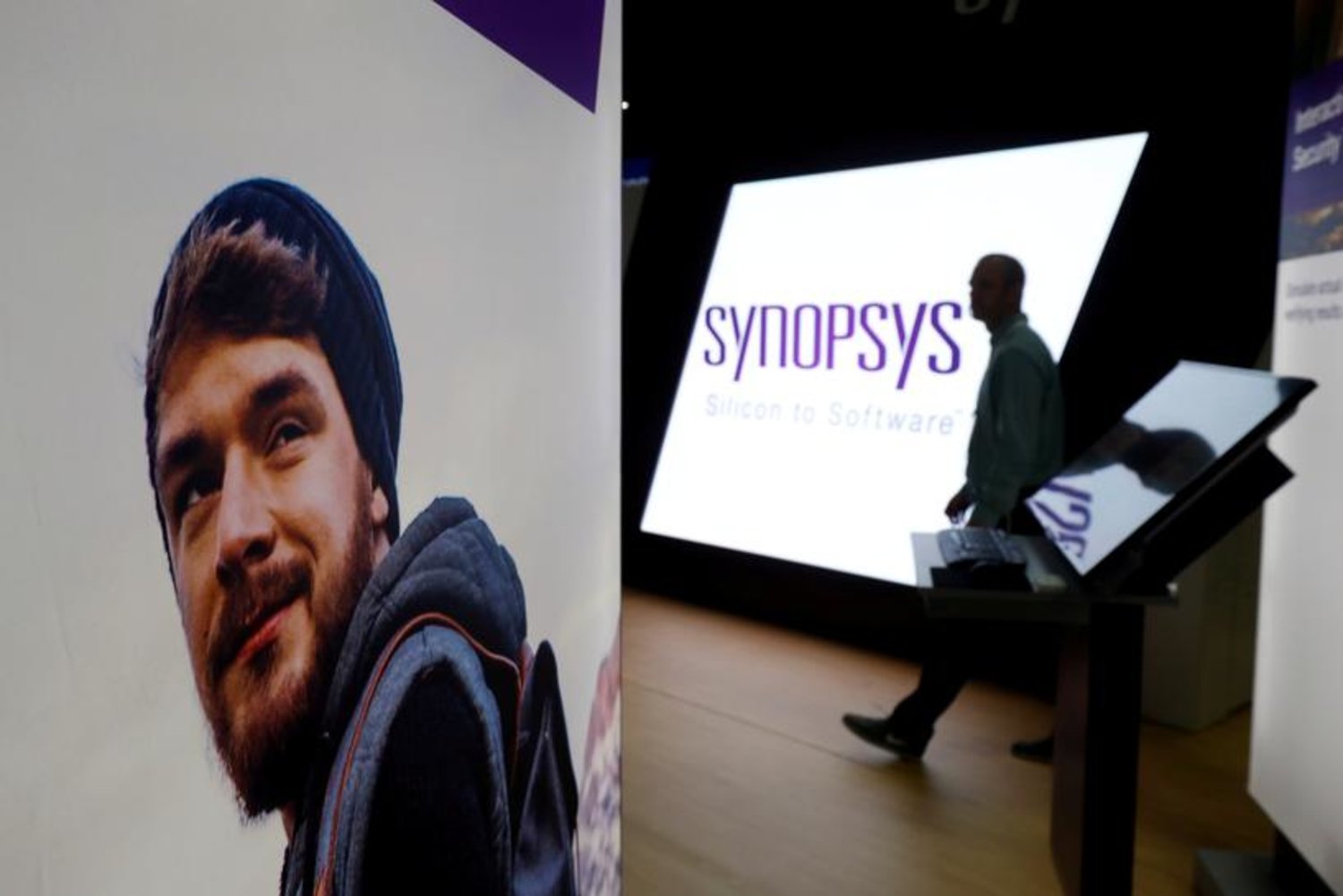Synopsys Inc said on Monday one of its customers used artificial intelligence software to get a 26% gain in the power efficiency of a computer chip, a leap that usually has to wait for a new generation of chip manufacturing technology.
Modern computing chips are made of billions of transistors and wires laid down on a piece of silicon the size of a fingernail. Precisely how all the elements are placed on the chip, along with other design and architecture choices, has a major impact on how well they perform and how much they cost to make.
Major chip firms like Intel Corp or Nvidia Corp can spend two years and hundreds of millions of dollars to perfect their designs. Synopsys is one of the major makers of software used to do that work.
The company has started weaving artificial intelligence called DSO.ai into its flagship chip design suite to help chip designers get better results, faster, while trying to balance trade-offs on speed, power efficiency and cost to meet their business goals. Samsung Electronics Co Ltd and Renesas Electronics Corp have begun using it, with Samsung last year saying it had cut a chip design step that would have taken months down to weeks.
On Monday, Synopsys said the AI system can now take into account what software will eventually run on a chip to squeeze out more gains. A major cloud computing provider that it did not name got a 26% gain in power efficiency versus the best solution found by human designers.
In the past, gains like those came from a new generation of chip manufacturing technology that would come every two years rather than purely from the design. The new software can squeeze much more out of existing chip factories, said Aart de Geus, chief executive of Synopsys.
“It is significant because design is now actually more of the enabler than ever before,” de Geus told Reuters in an interview.







